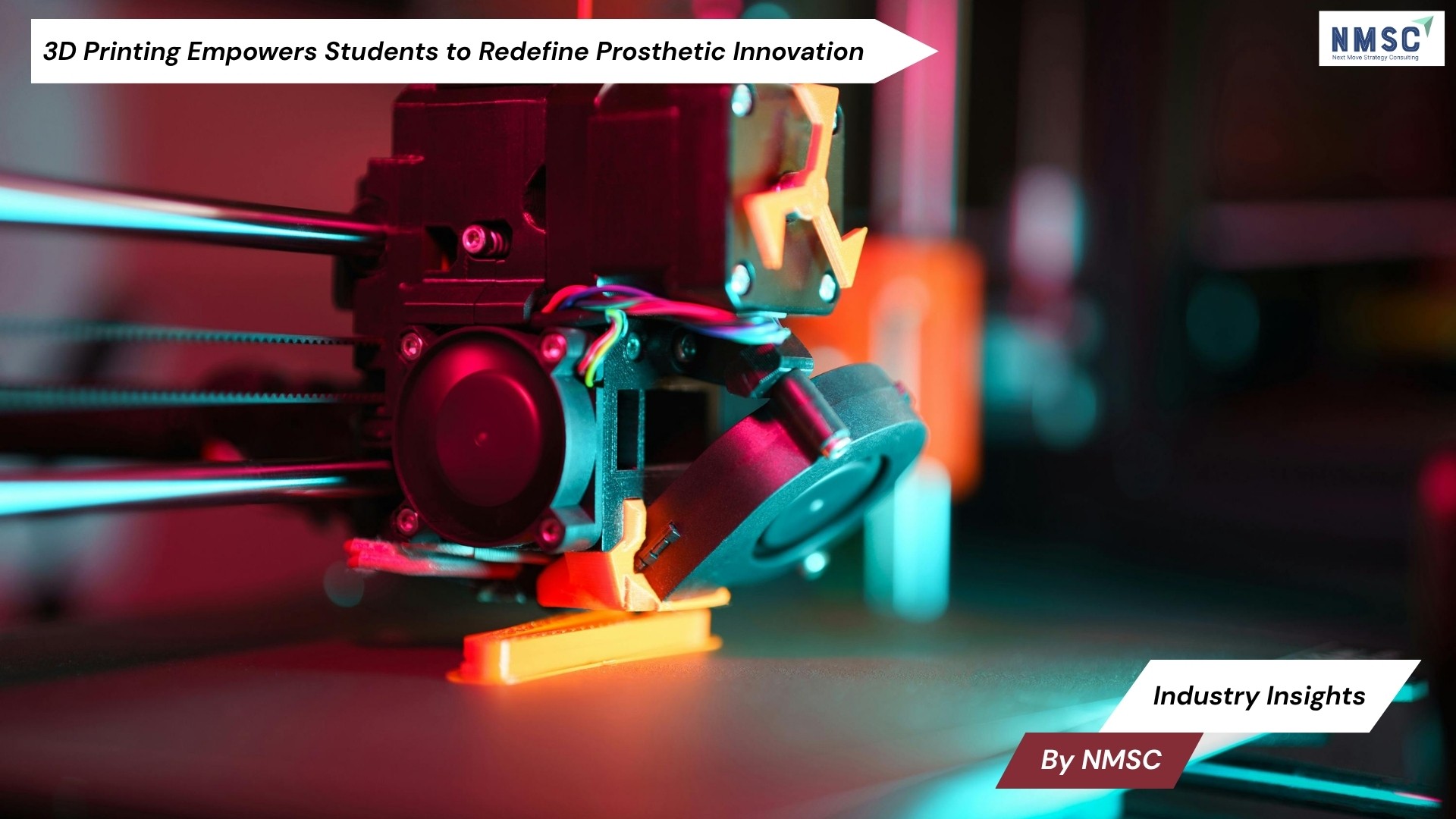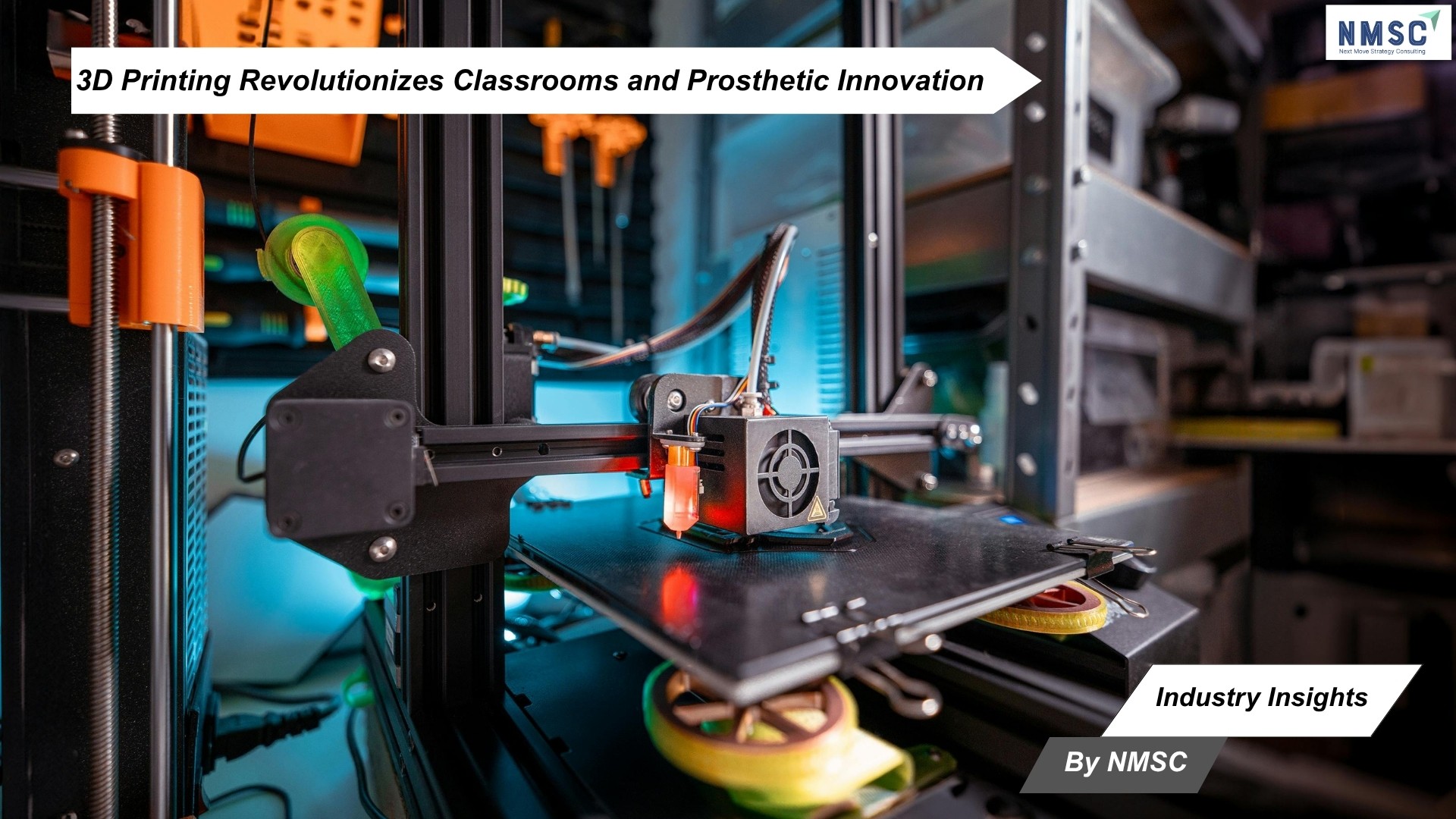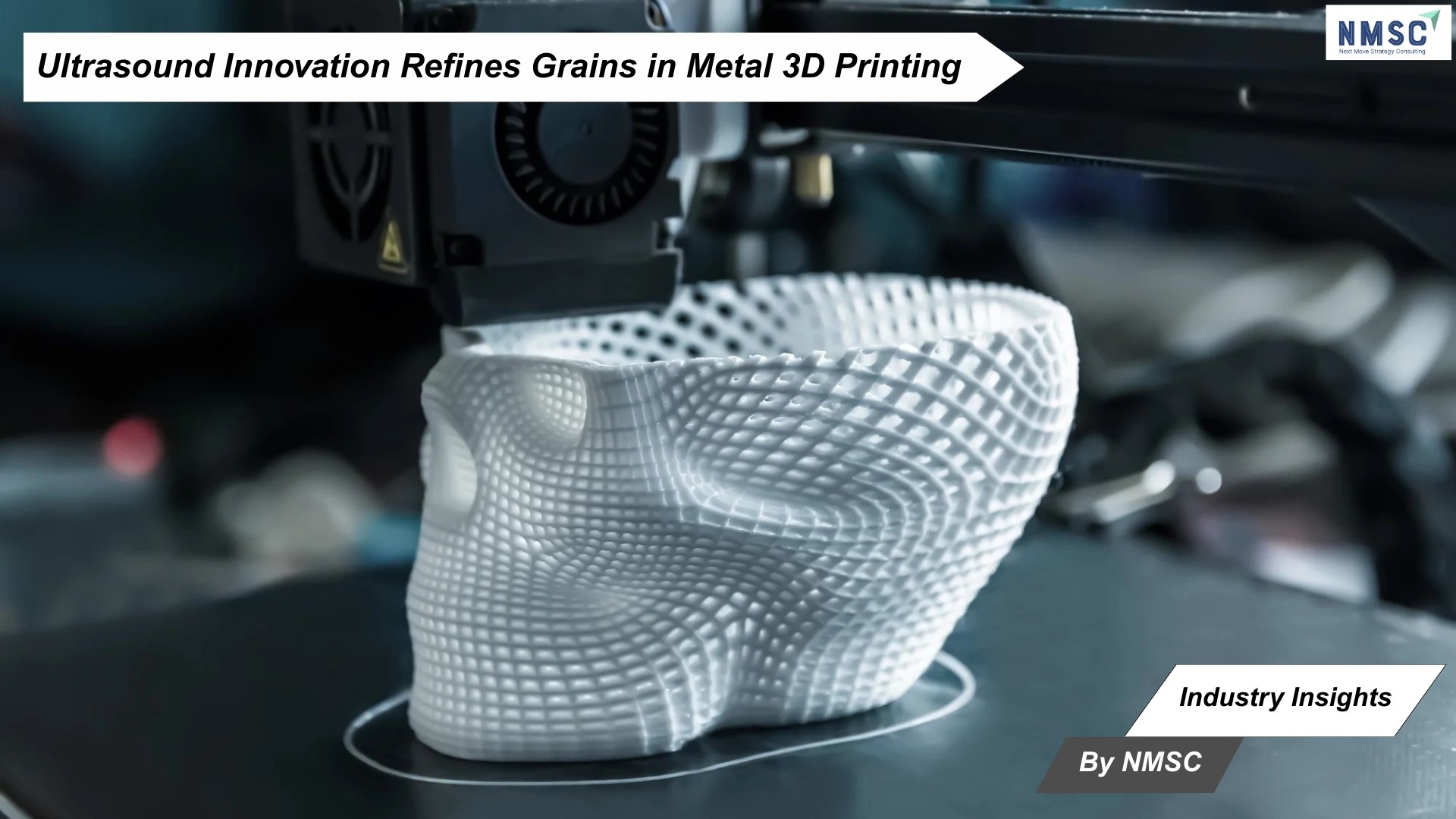3D Printing Empowers Students to Redefine Prosthetic Innovation
Published: 2025-10-10

Industry Insights from Next Move Strategy Consulting
As additive manufacturing continues to revolutionize education, healthcare, and social innovation, a remarkable initiative from The Nature School in Port Macquarie, Australia, demonstrates how 3D printing is empowering students to transform ideas into impactful solutions. What began as a classroom project led by 13-year-old Lois Agnello has evolved into an internationally recognized example of how technology, creativity, and collaboration can intersect to solve real-world challenges.
From Classroom Idea to Global Platform
Guided by science and technology teacher Lloyd Godson, Lois and her classmates designed a 3D printed prosthetic hand inspired by open-source models from the Australian charity Free 3D Hands. Motivated by Lois’s personal experience—born with part of her left hand missing—the project’s goal was to create a functional, affordable, and accessible prosthetic using the school’s 3D printer.
Over a three-month period, the students invested their free time experimenting with materials, learning design software, and testing mechanical systems. Their final prototype—a plastic hand activated through upper-arm movement—demonstrated how 3D printing can convert classroom learning into meaningful, life-enhancing innovation.
Open-Source Collaboration in Action
The students’ partnership with Free 3D Hands, led by Founder Mat Bowtell, played a pivotal role in refining the design. Bowtell praised their enthusiasm for iterative problem-solving and continuous improvement, noting that each version offered better comfort, flexibility, and durability. This iterative approach not only deepened their technical knowledge but also introduced them to inclusive design principles, showcasing how open-source collaboration accelerates accessible innovation.
By using publicly available designs and low-cost materials, the team proved that 3D printing democratizes engineering, enabling people without formal training to develop functional assistive devices.
Recognition on the Global Stage
The project’s success has propelled it to the Be the Change Summit in Tokyo, where Lois will represent Australia among global young leaders presenting initiatives on accessibility, equality, and sustainability. This milestone highlights the growing influence of student-driven innovation and open-source technology in addressing global issues.
According to teacher Lloyd Godson, the project underscores how hands-on learning can drive both personal growth and social impact. With continued guidance from Bowtell and his team, the students plan to advance their prosthetic designs, improving comfort and adaptability for everyday use.
Redefining the Future of Prosthetics
Beyond the classroom, 3D printing continues to redefine prosthetic development worldwide. Research teams at Johns Hopkins University, Florida Atlantic University, and the University of Illinois Chicago have developed hybrid prosthetic hands combining soft robotics and rigid materials—enabling human-like grip and touch recognition with up to 99.7% accuracy.
In Europe, French non-profit My Human Kit, in partnership with Sculpteo, created the Bionicohand, an open-source bionic prosthetic made through Multi Jet Fusion with Nylon PA12. Designed by amputee and co-founder Nicolas Huchet, the Bionicohand features modular components for easy customization and maintenance, reflecting the growing role of 3D printing in creating scalable, user-focused medical devices.
Next Move Strategy Consulting View
According to Next Move Strategy Consulting, this development underscores how additive manufacturing is transcending industrial applications to become a catalyst for education, accessibility, and social innovation. By combining open-source ecosystems with low-cost 3D printing, students, researchers, and makers are collectively shaping a future where inclusive technology is not restricted by geography, age, or expertise.
This evolution signifies a shift toward human-centered design, where innovation begins not in research labs, but in classrooms and community spaces. Such initiatives also reflect broader market trends—highlighting the increasing convergence of STEM education, sustainability, and additive manufacturing as core drivers of the next industrial and humanitarian transformation.
Shaping Tomorrow’s Innovation Ecosystem
The Nature School’s 3D printing project stands as a powerful reminder that innovation thrives where curiosity meets accessibility. From a school lab in Australia to an international stage in Tokyo, this story illustrates how additive manufacturing is inspiring the next generation of innovators—one layer at a time.
Source: 3D Printing Industry
Prepared by: Next Move Strategy Consulting
About the Author
 Tania Dey is an experienced Content Writer specializing in digital transformation and market insights. She creates data-driven content that boosts visibility and aligns with emerging trends. Known for simplifying complexity, she delivers engaging narratives that help organizations stay competitive.
Tania Dey is an experienced Content Writer specializing in digital transformation and market insights. She creates data-driven content that boosts visibility and aligns with emerging trends. Known for simplifying complexity, she delivers engaging narratives that help organizations stay competitive.
About the Reviewer
 Sanyukta Deb is a skilled Content Writer and Digital Marketing Team Leader, specializing in online visibility strategies and data-driven campaigns. She excels at creating audience-focused content that boosts brand presence and engagement, while also pursuing creative projects and design interests.
Sanyukta Deb is a skilled Content Writer and Digital Marketing Team Leader, specializing in online visibility strategies and data-driven campaigns. She excels at creating audience-focused content that boosts brand presence and engagement, while also pursuing creative projects and design interests.
















Add Comment